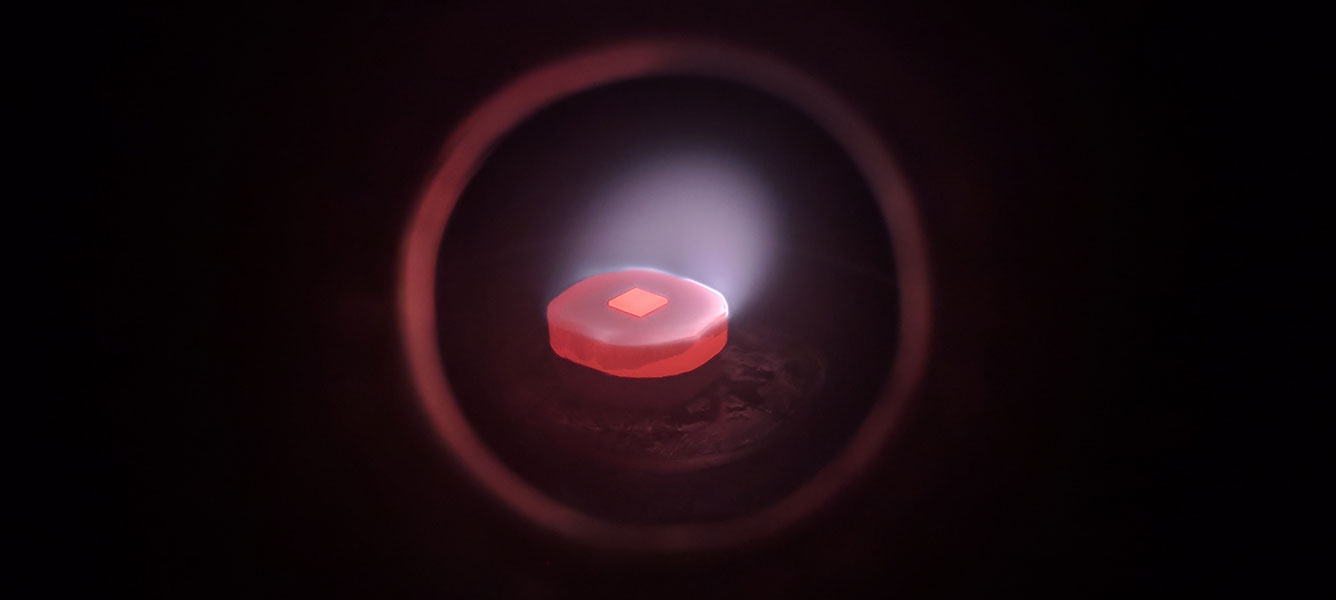Australia’s first superconducting diamond
Growing diamond at the MCN. Credit: Alastair Stacey
In an Australian first, a Victorian team of researchers has created superconducting diamond.
Diamond is already nature’s super material. It’s the hardest naturally occurring substance, a fantastic thermal conductor, and it doesn’t corrode. Adding superconductivity to this list of characteristics is an exciting prospect for a new class of highly robust devices.
It is also potentially a step towards a material that can exhibit absolutely no electrical resistance at room temperature – a holy grail of materials science. According to Professor Marvin Cohen, an award-winning theorist from the University of California at Berkeley, diamond could be the material that makes this possible.
However, producing superconductivity in diamond at any temperature has proved elusive, there’s only a select group of international labs capable of doing it at all.
But now a team from the University of Melbourne has joined the fold, thanks to research conducted by Masters student Yi Jiang, led by ANFF VIC Technology Fellow Ambassador Dr Alastair Stacey and supported by the ARC and USA’s Air Force Office of Scientific Research (AFOSR).
“The investment by ANFF in a state-of-the-art facility for the growing of high quality, ultra-pure, single crystal diamond films is a big part of what made this research possible,” – Dr Alastair Stacey
The team demonstrated that adding a dose of boron – a process called doping – causes diamond to show superconducting properties at temperatures around 2K.
To do this, the team harnessed diamond chemical vapour deposition capabilities available at ANFF VIC’s flagship facility, the Melbourne Centre for Nanofabrication, that are capable of introducing boron while diamond is being grown.
“The investment by ANFF in a state-of-the-art facility for the growing of high quality, ultra-pure, single crystal diamond films – and in particular the investment in a high purity boron doping line into the reactor – is a big part of what made this research possible,” Alastair said.
Even at these low temperatures, superconductors are incredibly useful for applications including range finding and monitoring low-intensity light sources.
The team’s boron-doped diamond will now be used as the base material for a range of new sensors including SQUIDS (for magnetic field sensing) and single photon detectors, as well as in integrated diamond quantum photonic devices.



